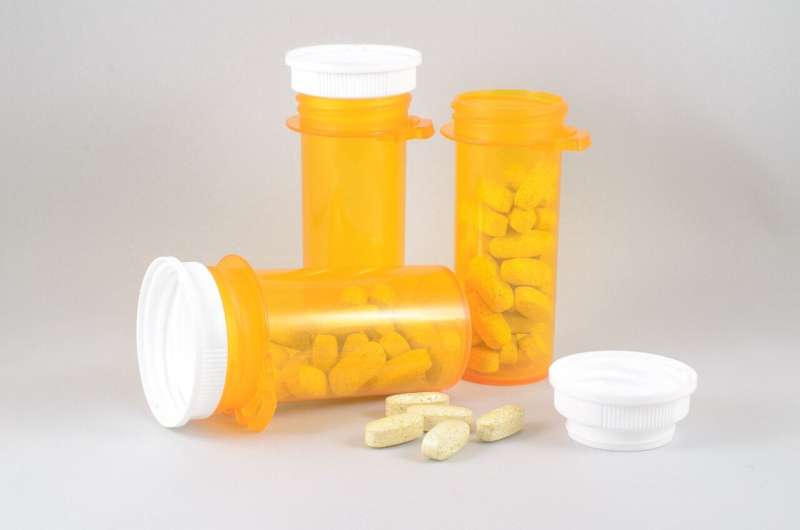This article has been reviewed according to Science X's editorial process and policies. Editors have highlighted the following attributes while ensuring the content's credibility:
fact-checked
peer-reviewed publication
proofread
Researchers adapt health system COVID-19 collaboration to track near-real-time trends in visits for substance use

In a recently released study, researchers at Hennepin Healthcare and other Minnesota health systems describe how a COVID-19 collaboration across Minnesota health systems was adapted to monitor near-real-time trends in substance use–related hospital and emergency department (ED) visits.
The Minnesota Electronic Health Record Consortium (MNEHRC), developed in response to the COVID-19 pandemic, repurposed its surveillance methods to identify health disparities and inform equity-driven approaches to the overdose epidemic.
MNEHRC's study, "Minnesota Data Sharing May Be Model for Near-Real-Time Tracking of Drug Overdose Hospital and ED Trends," was published in Health Affairs.
Using data from all six adult hospitals and EDs in Hennepin County, Minnesota, researchers found large increases in methamphetamine- and opioid-involved hospital and ED visits. Throughout the study period, Native American, Black, and multiple-race people experienced the highest rates of drug-involved hospital and ED visits.
"This study sets the framework for the data needed to reduce overdose deaths in Hennepin County," explains Dr. Tyler Winkelman, who led the project and is past-president of the MNEHRC.
"We spent a great deal of time building the infrastructure of the Consortium to address and inform the impact of COVID-19. We repurposed the collaboration and tools we developed to learn more about substance use trends in near real-time to inform interventions and, ultimately, save lives."
The use of EHR data allows for detailed monitoring of the impact of the drug overdose epidemic across racial and ethnic groups. Additionally, monitoring drug-involved health care use through EHR data has the potential to help public health officials identify trends in near real time before deaths increase and may also inform early intervention and policy decisions.
More information: Riley D. Shearer et al, Minnesota Data Sharing May Be Model For Near-Real-Time Tracking Of Drug Overdose Hospital And ED Trends, Health Affairs (2023). DOI: 10.1377/hlthaff.2023.00281




















